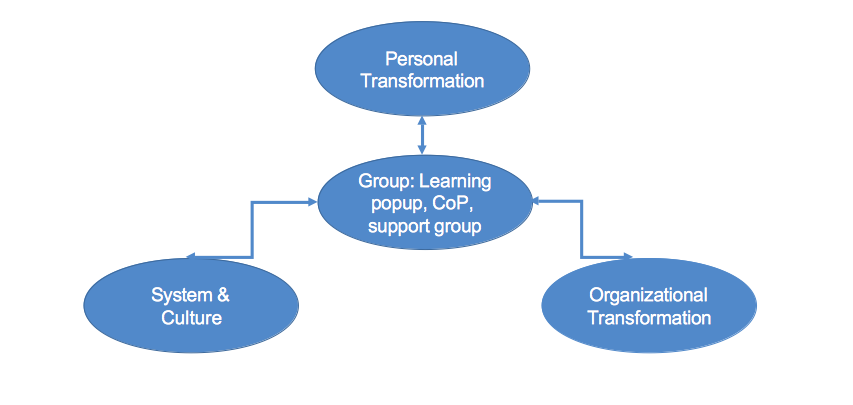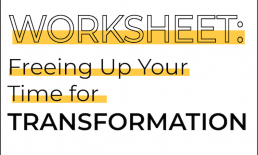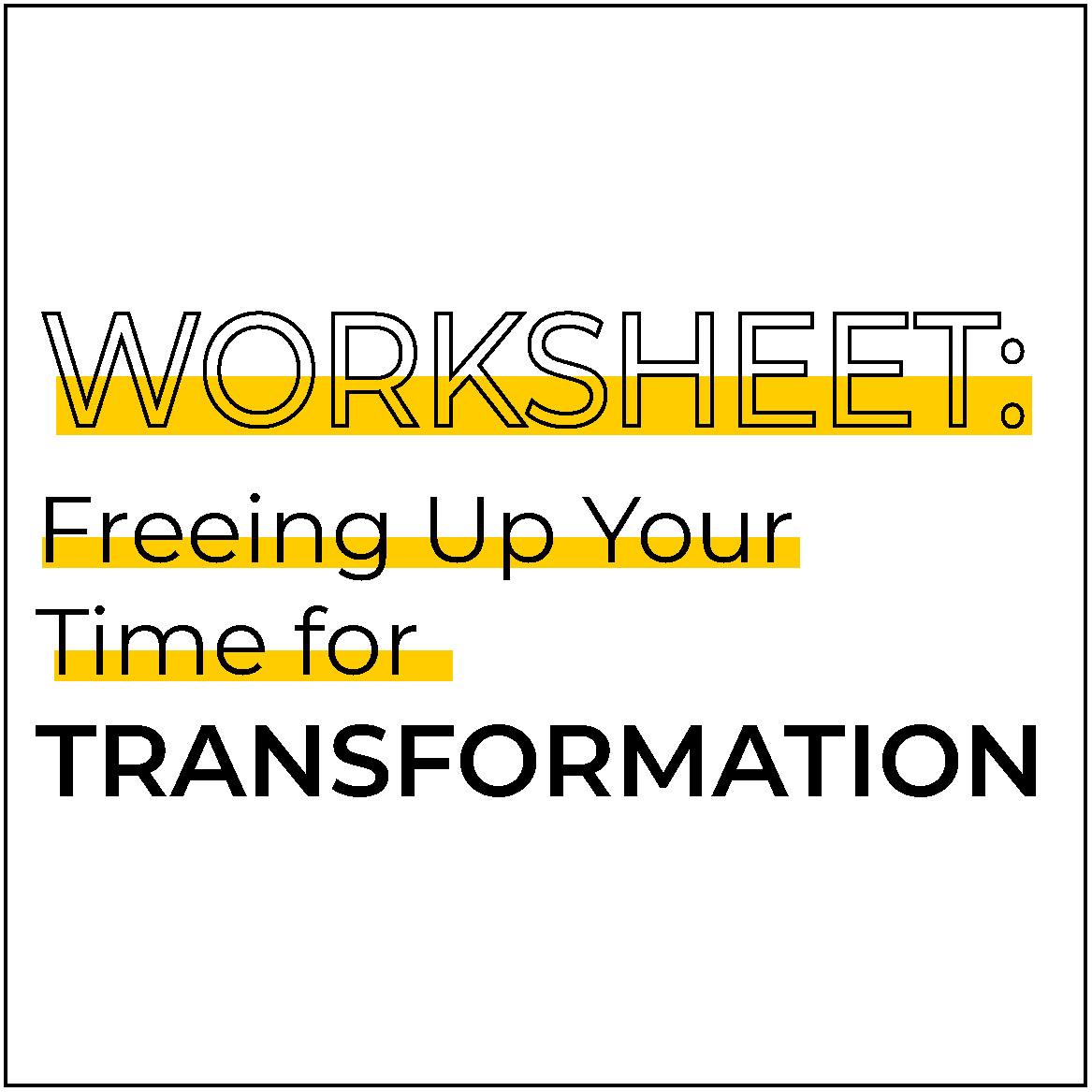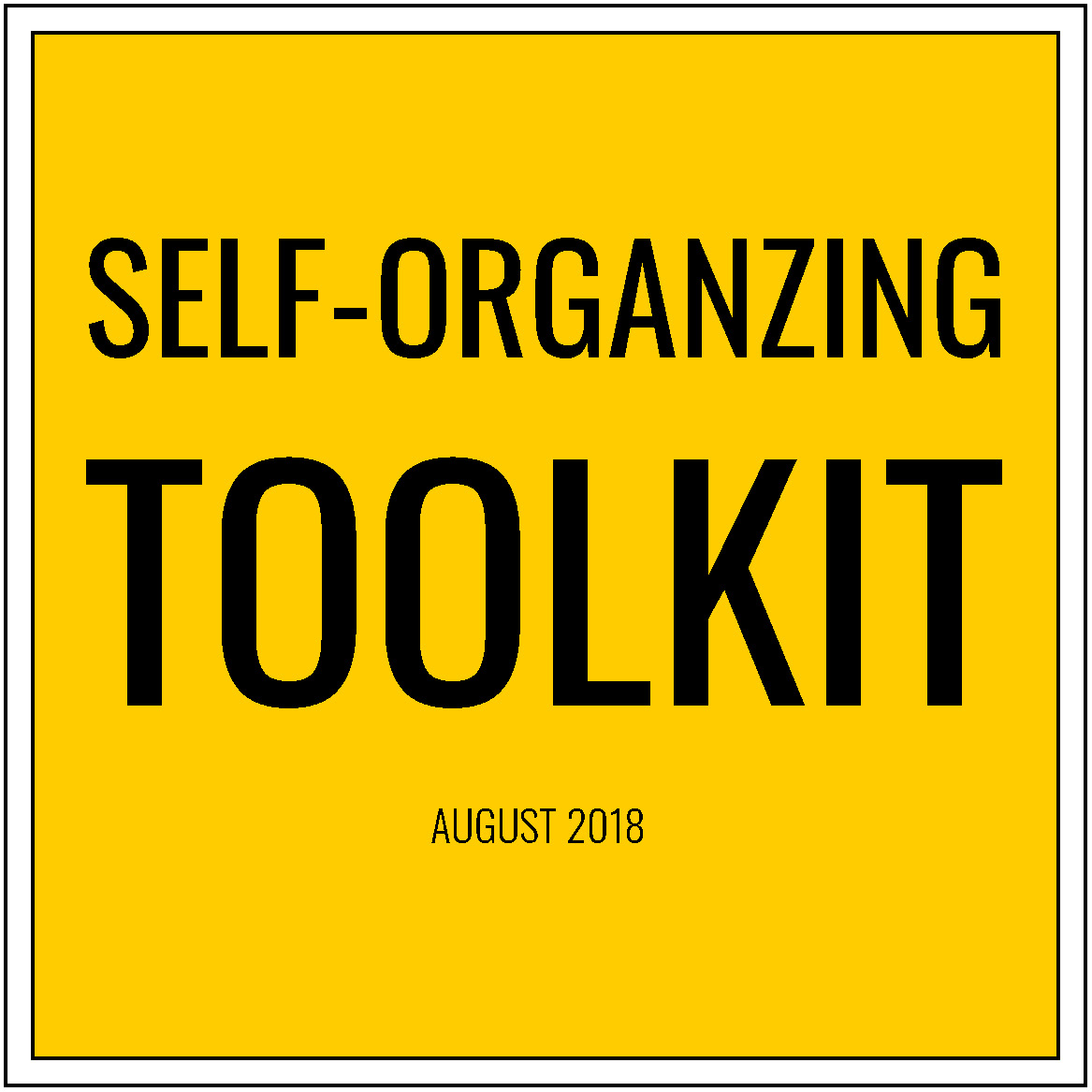Sarah Ann Shanahan
Bruce Hoppe
Bruce Hoppe, PhD, founder and president of Connective Associates, is an experienced consultant with a passion for customer service and translating data into bottom line impact. A creative problem solver for 20+ years, he has focused on helping organizations to optimize insight and impact in networks of leaders, customers, and stakeholders.
Dr. Hoppe’s consulting and coaching services include network mapping and analysis, network development, network evaluation, and network and communication ecosystems. Many of Dr. Hoppe’s most notable projects involve catalyzing collective awareness and action.
Learning about Change and Transformation
September 17, 2018Blog,Innovation,Network Support Structures,The Big Picture,Network Mindset
[ap_spacing spacing_height="35px"]Co-Design Series Part 4[ap_spacing spacing_height="28px"]
Most of you reading this post are involved in what are called social change efforts. We are working on social change because we want the world to be full of communities that are good for everyone. But the reality is that our communities are full of problems - poverty, drugs, intolerance, etc - and most of us are working diligently to try to crack open these problems and find solutions.
What is amazing is how little time we actually spend thinking about change - how it happens, how it can be supported, how to increase it and most importantly, how to make it transformative.
Increasing numbers of us know that what it is going to take is not simple incremental change but transformation - shifting the systems in which these problems are occurring.
Transformation means changing the way our society operates so that it reflects healthy values: this means that all our institutions, our processes, our interactions are open and transparent, inclusive and diverse, innovative and experimental, where power is equally distributed, and we work collaboratively together.
But transformation doesn't just happen on the system level. Transformation needs to occur on every level: at the same time we are working to change institutions such as the prison system we need to be working on personal change and on organizational change.[ap_spacing spacing_height="20px"]
Diagram 1. Groups help us change on other levels
[ap_spacing spacing_height="20px"]
If we don't change as individuals - our mindset, the way we interact with others and who we interact with - we’re not going to be able to work well with others to shift the systems. And it's only when we begin to interact with others who have different perspectives that we are able to see the hidden assumptions we have been making that have been keeping our efforts from leading to systemic change,
For example, if we are trying to develop strategies to end poverty and we don't have any people who are actually living in poverty in the room with us figuring out the best way to address poverty, we will be unlikely to come up with solutions that will be more than a Band-Aid on the complex and massive problem that poverty represents.
And, we won't get other people in the room with us unless we change and become better listeners, more open to new ideas, and more willing to let go of control.
Another example of why it's so critical that we change as individuals is because our endless “to do lists” are holding us prisoners and keeping our work from being transformative. When June worked with people as an executive coach, they discovered that their to do lists were filled with items that were nonessential. These nonessentials distracted people from spending time on stepping back from their work as a whole. It's only when people learn to scrutinize and prune their to do lists that they have time to reflect on what they're really doing and notice what works and what isn't. (see Worksheet: Freeing up your time for transformation Free in Resources Section)
What keeps us from changing? We need to become more aware of our behavior so that we remember to change. Personal assessments or checklists and then daily journaling are helpful tools for change. How can we encourage more people to incorporate these into their daily lives?
But let’s face it, change is hard to do alone. We need the support of others to help hold us accountable, listen to our challenges, and give us ideas for strategies. Small support groups or learning pop-ups are very beneficial for personal change, and they can support us as we work to change our organizations.
And, when we change ourselves, but don’t simultaneously help our organizations transform, we will continually run up against obstacles in our work. For example, many organizations see time spent on building relationships with those outside the organizations as a waste of time rather than an important step in network building and discourage or forbid their employees to network. Or, our manager insists on getting approval from her/him for the action steps we take in collaborative projects with other organizations, thus slowing down responses to opportunities that arise.
One of the best ways to change both ourselves and our organization is to be part of small groups where people help each other change. These can be support groups, learning pop-ups or communities of practice (monthly sessions where people share skills and provide support for each other around challenges that they face in getting their organizations to shift to a network mindset). In addition, working with others on self-organized projects related to our work can be a powerful way to shift behavior.
Networks can also set up friendly fun systems to enable us to identify where we want to change, help us get ideas for how we can change, and get feedback on those changes.
[ap_spacing spacing_height="15px"]
Read Part 1 of the Co-Design Series HERE
Read Part 2 of the Co-Design Series HERE
Read Part 3 of the Co-Design Series HERE
How To Increase Participation Through Increased Engagement
September 14, 2018Self-Organizing,Network Weaving,The Big Picture,Reflection and Learning,Network Processes,Blog
[ap_spacing spacing_height="15px"]
A new free resource is available in the Resources section of Network Weaver.
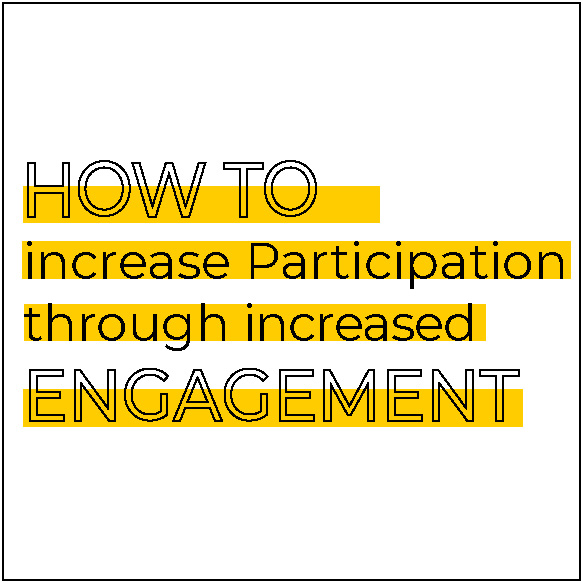 Many people ask me "How do I get people to participate more in our network?" This simple worksheet offers tips that you can quickly implement to get network participants interacting with each other. We have found that is one of the best strategies for getting them to invest more time in the network.[ap_spacing spacing_height="25px"]
Many people ask me "How do I get people to participate more in our network?" This simple worksheet offers tips that you can quickly implement to get network participants interacting with each other. We have found that is one of the best strategies for getting them to invest more time in the network.[ap_spacing spacing_height="25px"]Appreciative Reflections
September 12, 2018Network Weaving,The Big Picture,Reflection and Learning,Network Mindset,Blog
I have a number of ‘network friends’ – people I know, online & by video & phone, whom I’ve not yet met in the flesh. People who for one reason or another, reached out to me, or I reached out to them, knowing by our online presence & by our shared connections to others that we had something to learn together.
In this growing field of ‘Network Weaving’, it’s easy to connect quickly & begin to share work, ideas, resources and to bond in a real way, with people we’d normally consider strangers.
One of the women I’ve connected to in this way just shared something with me that she’s been working on. A beautiful contribution to our field that she’s been toiling away on so long she’s lost track, a little bit, of the value & beauty in it. As I affirmed & appreciated her efforts via email, she reflected me back to myself in a way I aspire to, but, honestly, I DO NOT know what causes her to see me in that way. She sees the me I’d like to be, but don’t identify as self.
As I began to write a reply email, saying that I’m honored by how she sees me, even tho I cannot see myself the way she does, this struck me:
[ap_spacing spacing_height="15px"]
When we connect & share & trust & honor, we begin to see the strengths, beauty, & potential in one another that we can’t entirely see in ourselves. And when we voice those things we see in one another, we help bring them into being even more.
[ap_spacing spacing_height="15px"]
Her words made me feel SEEN, recognized. Which inspires and en-courages me to be more of what she saw, even if I’m not entirely sure what allowed her to see it.
No doubt this seems elementary to good parents & teachers (I mean, as a parent, that power to bring out the best in my son by simply reflecting him back to himself was awe-inspiring) – but there was a new epiphany in it, for me, today.
So – here’s the part that was striking in the moment – what we see in each other, and call out in one another – becomes the very source of transformation. A greater belief in our gifts increases our ability, willingness & desire to give of them. Seeing one another’s gifts brings about more of those gifts. Feeling valued and recognized also increases our willingness to collaborate, our openness to others, our ability to journey together into the unknown.
System change & saving the world are hard work that many people want to be part of. But over and over, we hear how people are just below their breaking points, stretched to their limits, overwhelmed with how much effort it takes just to maintain. They can’t take on even one more small commitment. But when the efforts that align with our passions or express our deepest selves are met with affirmation & encouragement, what we do becomes a little less effortful, we regain energy faster, we contribute again sooner and more. Recognizing & affirming each other, in a change network, can be one of those small shifts that bring about huge changes.
As a traumatized hyper-vigilant welfare brat, I’ve usually been highly suspicious of compliments or kind words, and have spent much of my life pushing them away.
But lately I’ve been learning, in very tangible ways, how our piling on sincere appreciation & authentic recognition of one another not only heals & encourages at the individual level, it fuels collective transformational ripple effects.
[ap_spacing spacing_height="20px"]For Mary Roscoe for inspiring this reflection and for Michael Bischoff, for seeing the true me into being.
[ap_spacing spacing_height="20px"]Originally published May 16th, 2016 by Christine Capra at GreaterThanTheSum.com
Criteria For A Design Process Emerging From Network Values
September 10, 2018Innovation,Education,Network Mindset,Network Processes,Blog
[ap_spacing spacing_height="35px"]Co-Design Series Part 3[ap_spacing spacing_height="28px"]
First, we wanted to make sure our definition of co-design fit our list of network values.
[ap_spacing spacing_height="15px"]1) The co-design process needs to create an alternative to the inevitable unequal power found in a conventional design process. Participants must be peers with the designers not just subjects of inquiry. Designers must recognize, honor, and center the true expertise needed to design the product - that of the participant/user. Participants should have equal weight in designing and determining the end products that the design process creates. Ask, Does everyone feel like their expertise, experiences, and contexts are valued?
Cea and Rimington describe 5 ways to equalize power in a design process:
- define the problem at hand with the others involved
- trust all players with full information about the big picture of the project and the constraints
- support authentic leadership roles and structures for participants
- create an environment that incentivized decentralization of creative input and power
- encourage fluid roles.
[ap_spacing spacing_height="28px"]2) To underscore trust and promote deep learning, we think the design process should develop long-term relationships between designers and users. This moves everyone involved from transactional relationships to those that can be transformative. For this to happen, we cultivate relationships that support vulnerability and truth-telling. Furthermore, these deeper, more honest and peer like relationships will strengthen the overall network: any codesign process is a network building process. Ask, “Do people feel comfortable sharing their true opinions of the process and product?”
[ap_spacing spacing_height="28px"]3) Next the process must have maximum engagement of the participants who will be impacted by the product or who are interested in the design process to develop the product. This suggests moving beyond focus groups to having more rigorous, regular feedback on prototypes; literacy needs to be developed in everyone to understand contexts, technical terms, and experiences. People need to have opportunities to engage in different venues (one-on-ones, small groups, full group convenings). Ask, "Are people excited to engage?”
[ap_spacing spacing_height="28px"]4) The process must value difference and diversity of perspectives. This means that many different kinds of people - young and old, people from different backgrounds - are included. This is critical because it is diversity that leads us to question our assumptions and think differently about design. We like the term productive conflict. Ask, “How can differences let us see a new way of looking at things?”
[ap_spacing spacing_height="28px"]5) Everyone involved in the process needs to understand that the product development process is iterative. Any design is in perpetual beta. We need to be continually involved in gathering feedback and using it to transform the products that we co-create. Ask, “Is there energy for continued conversations about the product or process?”
[ap_spacing spacing_height="28px"]6) In most cases, the initial design team will involve a limited number of participants of the network - even if it uses participative processes. However, part of the design process needs to be strategizing how each design participant can introduce and share the product with others in their network so that the product goes viral. Ask, “Does everyone in the network have a chance to try out the new product to determine usefulness?"
[ap_spacing spacing_height="28px"]7) The design process is also an opportunity for participants to learn how to conduct co-design processes in their organizations and local networks. Ask, “Does the design process provide time to help participants integrate co-design into all network processes?”[ap_spacing spacing_height="28px"]
Read Part 1 of the Co-Design Series HERE
Read Part 2 of the Co-Design Series HERE
Freeing Up Your Time for Transformation
September 7, 2018The Big Picture,Blog,Innovation,Self-Organizing,Network Support Structures
As was mentioned in Monday's post, the sense of urgency is a major impediment keeping our networks from being transformative. I'd add busyness to that: having endless to do lists that keep us stressed and leave no time for the kind of deep reflection and learning that we need to really make progress on the complex problems we are trying to solve.
Find this worksheet on the Resources page: HERE
[ap_spacing spacing_height="25px"]
25 Behaviors That Support Strong Network Culture
September 6, 2018Network Support Structures,Network Structure and Governance,Network Mindset,Network Processes,Blog
[ap_spacing spacing_height="15px"]“Only connect! That was the whole of her sermon. Only connect the prose and the passion, and both will be exalted, and human love will be seen at its height. Live in fragments no longer.”
E.M. Forster, from Howard’s End
[ap_spacing spacing_height="15px"]This is an excerpt from the final post in a series of five focused on networks for change in education and learning that have appeared on the Education Week and Next Generation Learning Challenges websites.
In this series on network design and network thinking, I explored the power and promise of networks as residing in how connection and flow contribute to life, liveliness and learning. See, especially, Connection is Fundamental.
In Why Linking Matters, I looked at how certain networks can more optimally create what are known as “network effects,” including small world reach, rapid dissemination, resilience, and adaptation.
I also noted, in Structure Matters in particular, that living systems–including classrooms, schools, school districts, and communities–are rooted in patterns of connection and flow. That’s why shifts in connections–between people, groups, and institutions–as well as flows of various kinds of resources can equate with systemic change, and ideally they can lead to greater health (in other words, equity, prosperity, sustainability).
Networks can also deliver myriad benefits to individual participants, including: inspiration; mutual support; learning and skill development; greater access to information, funding, and other resources; greater systemic or contextual awareness; breaking out of isolation and being a part of something larger; amplification of one’s voice and efforts; and new partnerships and joint projects.
It’s also true, however, that not every network or network activity creates all of these effects and outcomes. The last two posts looked at two factors that contribute to whether networks are able to deliver robust value to individual participants and the whole, including network structure and what form leadership takes. Networks are by no means a panacea to social and environmental issues and can easily replicate and exacerbate social inequities and environmentally extractive practice. So values certainly have a place, as does paying close attention to dynamics of power and privilege.
It is also the case that individual and collective behavior on a day-to-day basis have a lot to say about what networks are able to create.
The following is a list of 25 behaviors for you to consider as part of your network practice as an educator:
- Weave connections and close triangles to create more intricacy in the network. Closing triangles means introducing people to one another, as opposed to networking for one’s own self, essentially a mesh or distributed structure rather than a hub-and-spoke structure.[ap_spacing spacing_height="15px"]
- Create connections across boundaries/dimensions of difference. Invite and promote diversity in the network, which can contribute to resilience and innovation.[ap_spacing spacing_height="15px"]
- Promote and pay attention to equity throughout the network. Equity here includes ensuring everyone has access to the resources and opportunities that can improve the quality of life and learning. Equity impact assessments are one helpful tool on this front.[ap_spacing spacing_height="15px"]
- Name and work with power dynamics and unearned privilege in the direction of equity.
- Be aware of how implicit bias impacts your thinking and actions in the network. Become familiar with and practice de-biasing strategies.[ap_spacing spacing_height="15px"]
- Think, learn, and work out loud, in the company of others or through virtual means. This contributes to the abundance of resources and learning in the network.[ap_spacing spacing_height="15px"]
- Don’t hoard or be a bottleneck. Keep information and other resources flowing in the network.[ap_spacing spacing_height="15px"]
- Identify and articulate your own needs and share them with others. Making requests can bring a network to life as people generally like to be helpful![ap_spacing spacing_height="15px"]
- Stay curious and ask questions; inquire of others to draw out common values, explicit and tacit knowledge, and other assets.[ap_spacing spacing_height="15px"]
- Make ongoing generous offers to others, including services, information, connections.
For behaviors 11-25, see this link.
“… Keep reaching out, keep bringing in./This is how we are going to live for a long time: not always,/for every gardener knows that after the digging, after/the planting, after the long season of tending and growth, the harvest comes.”
Marge Piercy, from “The Seven of Pentacles”
Originally published on May 17, 2018 at Interaction Institute for Social Social Change.
Why Dismantling Racism and White Supremacy Culture Unleashes the Benefits of Networks
September 4, 2018Network Structure and Governance,Network Mindset,Blog,Education,The Big Picture
Before we go any further down the road of this blog, we need to point out that network approaches cannot become transformative unless the network explicitly works on dismantling white supremacy culture and racism.
This is because networks only flourish when people in them are able to interact as peers, valuing everyone’s input and involvement. In addition, many aspects of dominant or white supremacy culture hold us back from reaping the benefits of networks, but are so pervasive as to be hidden from our awareness. Tema Okun has one of the best lists of these cultural characteristics which include (the next two sections are quoted verbatim from her article):[ap_spacing spacing_height="15px"]
1. Perfectionism
- Little appreciation expressed among people for the work that others are doing; appreciation that is expressed usually directed to those who get most of the credit anyway[ap_spacing spacing_height="15px"]
- more common is to point out either how the person or work is inadequate - or even more common, to talk to others about the inadequacies of a person or their work without ever talking directly to them[ap_spacing spacing_height="15px"]
- mistakes are seen as personal, i.e. they reflect badly on the person making them as opposed to being seen for what they are – mistakes[ap_spacing spacing_height="15px"]
- making a mistake is confused with being a mistake, doing wrong with being wrong[ap_spacing spacing_height="15px"]
- little time, energy, or money put into reflection or identifying lessons learned that can improve practice, in other words little or no learning from mistakes[ap_spacing spacing_height="15px"]
- tendency to identify what’s wrong; little ability to identify, name, and appreciate what’s right[ap_spacing spacing_height="15px"]
- often internally felt, in other words the perfectionist fails to appreciate her own good work, more often pointing out his faults or ‘failures,’ focusing on inadequacies and mistakes rather than learning from them; the person works with a harsh and constant inner critic
[ap_spacing spacing_height="20px"]
2. Sense of Urgency
- continued sense of urgency that makes it difficult to take time to be inclusive, encourage democratic and/or thoughtful decision-making, to think long-term, to consider consequences[ap_spacing spacing_height="15px"]
- frequently results in sacrificing potential allies for quick or highly visible results, for example sacrificing interests of communities of color in order to win victories for white people (seen as default or norm community)[ap_spacing spacing_height="15px"]
- reinforced by funding proposals which promise too much work for too little money and by funders who expect too much for too little[ap_spacing spacing_height="15px"]
Others are: defensiveness, quantity over quality, worship of the written word, only one right way, paternalism, "either/or" thinking, power hoarding, fear of open conflict, individualism, "I’m the only one", objectivity, and right to comfort.
Please read the entire article here.
As Tema points out,
“[Organizations] who unconsciously use these characteristics as their norms and standards make it difficult, if not impossible, to open the door to other cultural norms and standards. As a result, many of our organizations, while saying we want to be multi-cultural, really only allow other people and cultures to come in if they adapt or conform to already existing cultural norms. Being able to identify and name the cultural norms and standards you want is a first step to making room for a truly multi-cultural organization.” [ap_spacing spacing_height="15px"]
Please share experiences you have had or how your organization or network is working to dismantle racism and dominant culture.
Self-Organizing Toolkit
August 31, 2018Introductions,Self-Organizing,Blog
A new free resource is available in the Resources section of Network Weaver.
The self-organizing toolkit includes a set of simple actions that you can take to jump start self-organizing in your organization or network.
It includes a clustering activity for meetings to help people find others interested in the same or similar activities and surveys that can be used to help people cluster. In addition, it detailed the three roles that you can take to support self-organizing by being a project coach, setting up a communications system, and setting up a community of practice for projects.
The toolkit also includes sample google docs and spreadsheets that you can use so that projects can stay on track. Finally, the toolkit discusses how to set up an Innovation or Seed Fund to provide financial incentives to self-organized projects.

